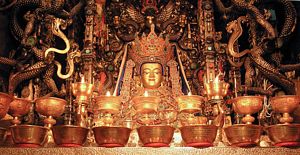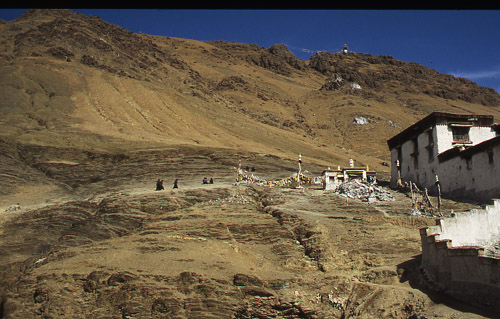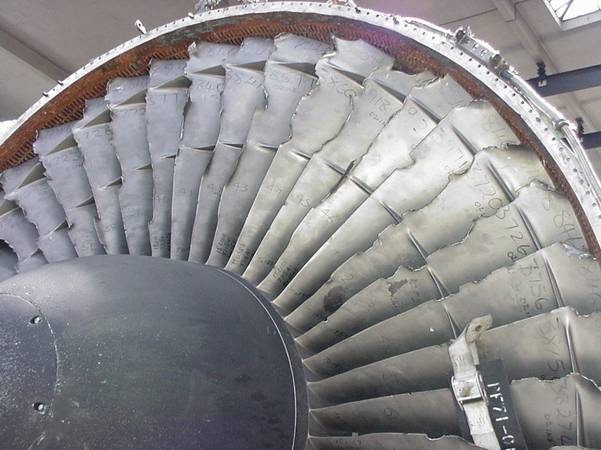I was watching a documentary on the Tibetan Book of the Dead. At some point you could see the interior of a room, where a few Tibetan monks started the ritual following the death of a young Tibetan. The room did not have windows, only openings in the stoned wall. But the openings were covered by very small curtains.
As always, I was overwhelmed by the austerity of the Tibetan life, and again I promised myself that one day I will go there. Maybe I am not spiritual enough for this type of journey but I am pretty sure that I would have a life transforming experience.
What do you feel watching this picture?

Photo courtesy of Konstantin
First glimpse brought me a huge emotional pain; my soul hurt. I could almost hear the eerie sound of the wind. The wind that burnt the faces of the old and young Tibetans for centuries.
The most popular image people would refer to while thinking of Tibet, beside the Chomolangma naturally, it’s the artifact found on top of Jokhang (The House of Lord) Temple.
Deers are a direct reference to the Buddha’s first teaching in the Deer Park, Sarnath, also called Dharmachakra Parivartan. The suggestion is that his presence was so peaceful that even the animals came to listen.
In the Tibetan tradition, a monastery which holds the Kangyur and Tengyur collections of texts would have this symbol of deers on both sides of the Dharma-wheel on the roof.

The Jokhang Temple is the most celebrated temple in Tibet. Because the temple is not controlled by any sect of the Tibetan Buddhism, it attracts followers of all the sects, along with the followers of Bon Po, Tibet’s indigenous religion.
The Temple houses the most sacred artifact of the Buddhism: the statue of Jowo Sakyamuni or Gautama Buddha, the founder of the Buddhism.

The statue is 1.5 meters tall, cast from precious metals and decorated with jewels and it represents Sakyamuni when he was twelve-year old.
The Tibetans continue to be violently repressed by the Chinese. Hundreds of Tibetan monks are still imprisoned, vast areas of the country, which are off limits to foreign visitors or journalists, are stripped of natural resources and most monasteries in desperate need of reconstruction are left without any financial support by the Chinese government.
Some monasteries, part of the tourist circuit, have been more or less given reconstruction assistance.
Not Tashilhunpo.
But Tibetan pilgrims still visit this ancient holy site to access the spiritual presence and to pray for the spirit- health of the monastery, spirit to be said to return only after the departure of the Chinese.
The ritual asks to follow clockwise the sacred path, outside the walls.

Photo courtesy of Konstantin
Tashilhunpo remains one of the poorer monasteries, but one that is still trying to look after the physical, mental and spiritual well-being of all the monks, throughout their lives.
I found this very interesting site, that promises a meaningful trip to Tibet.








